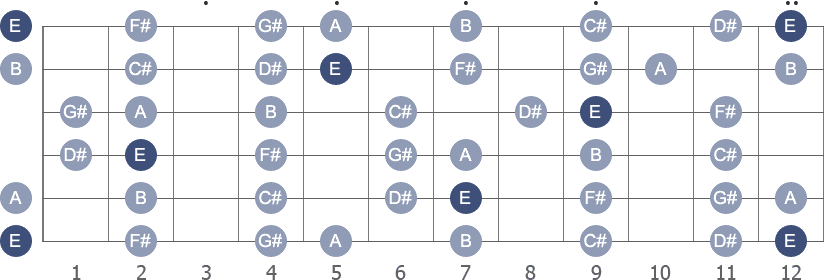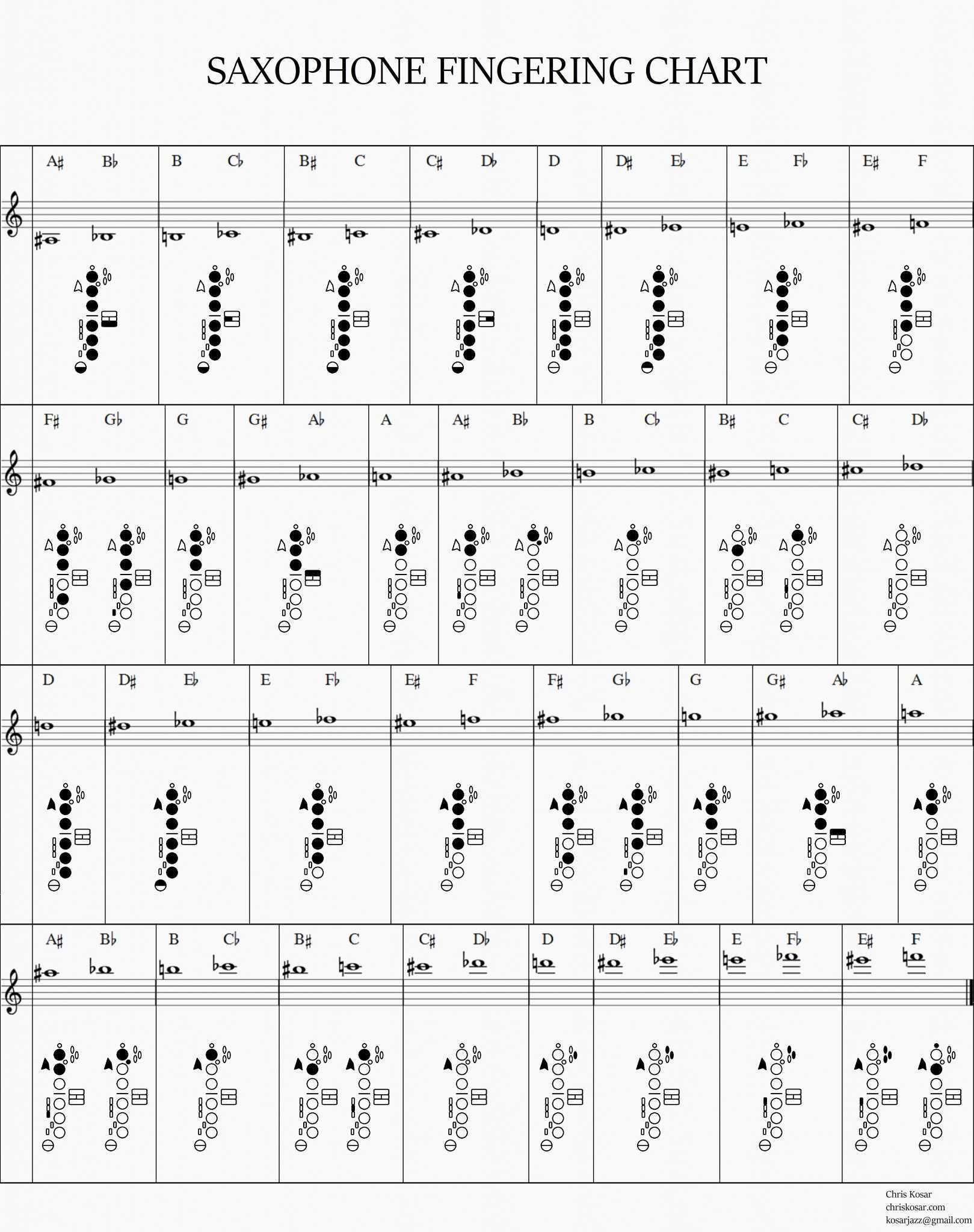


or even 12,12,12,12 ? The biggest deciding factor behind the given fingerings is that the thumb, for some reason, has an aversion to black notes. Understanding the "Why" behind fingerings Pretty nifty, right? No music reading skills required, no guess work remembering which note comes next, just the basics of color matching and knowing your finger numbers. The fingering is then color-coded on the printable to match the colors on the insert behind each key. The little piano(s) on the left show the Do-Re-Mi locations for each scale, and especially where to line the "Do" on your insert up on your keyboard. They were designed for use with the movable-do piano insert, currently available here for free. These printables are a little different than other scale charts on the web.

But you've got to start somewhere, and one octave is a great place to start, especially for the earlier beginners. A simple google search or a trusty Hanon exercise book will give you the extended fingering for all of the scales. Some of the printables, like the A-flat sheet pictured above, show the correct fingering for any number of octaves. If you were going to keep going, you would cross your thumb under for an extended fingering of 123,1234,123,1234, (5). In the C, G, D, A, and E printable that comes first, for example, the right hand ends on "5". Each of these fingerings are the fingering you would use to go up and down one octave. I've created color-coded 1-octave fingering charts as a primer introduction to the scales.


 0 kommentar(er)
0 kommentar(er)
